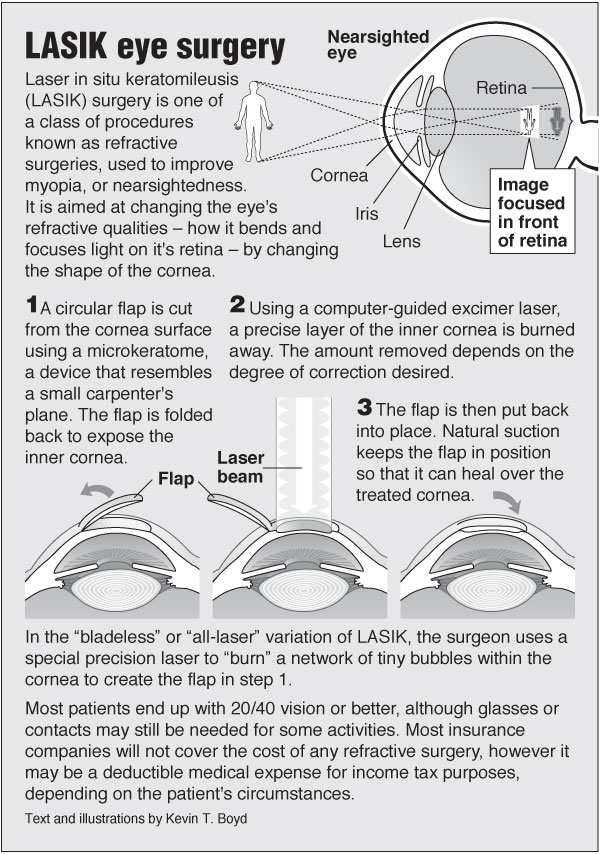Embark On An Exciting Trip Via The Advancement Of Cataract Surgical Procedure Techniques, From Old Roots To Innovative Developments That Are Improving The Future Of Eye Treatment
Embark On An Exciting Trip Via The Advancement Of Cataract Surgical Procedure Techniques, From Old Roots To Innovative Developments That Are Improving The Future Of Eye Treatment
Blog Article
Post Created By-Ottesen Kearney
As you discover the evolution of innovative cataract surgical treatment methods, you'll witness a journey noted by ingenuity and precision. From ancient techniques that paved the way for modern-day advancements to sophisticated innovations that are reinventing the field, the comprehensive summary of cataract surgical procedure methods is a testimony to human development and commitment to enhancing client end results. The intricate interaction between historical methods and advanced advancements produces an appealing story that sheds light on the advancement of among the most usual operations worldwide.
Historical Methods and Technologies
Discover just how very early doctors reinvented cataract therapy by using ingenious techniques and devices. In the past, cataract surgical procedure was a dangerous and agonizing procedure. Nonetheless, old Indian medical professionals were among the very first to try medical interventions for cataracts, using a method called 'couching' where a sharp instrument was utilized to press the cataract back into the eye. This method, though crude by today's criteria, laid the groundwork for future improvements in cataract surgical treatment.
As time advanced, Arab physicians made substantial payments by establishing specialized needles for cataract extraction. These needles were made use of to pierce the cataract and afterwards remove it from the eye, marking a substantial enhancement in surgical precision.
Later on, in the 18th century, the French specialist Jacques Daviel originated the strategy of extracapsular cataract removal, where the entire lens was eliminated undamaged via a bigger laceration. This marked a major advancement in cataract surgery methods, leading the way for the contemporary treatments we make use of today.
Modern Surgical Approaches
Early methods in cataract surgical procedure have actually developed significantly, resulting in the growth of modern-day surgical methods that prioritize precision and enhanced patient results. Modern cataract surgery currently commonly includes a procedure called phacoemulsification, where an ultrasonic device breaks up the cataract for removal through a tiny cut. This technique allows for quicker recovery and minimizes the risk of difficulties contrasted to older methods.
In addition, using sophisticated intraocular lenses (IOLs) has actually changed cataract surgical treatment outcomes. These lenses can deal with not only the cataract however additionally various other refractive errors like astigmatism, decreasing the demand for glasses post-surgery.
Surgeons today also have accessibility to innovative imaging modern technologies that help in accurate preoperative preparation and intraoperative decision-making. Optical coherence tomography (OCT) and various other imaging methods offer in-depth photos of the eye's structures, permitting an extra individualized strategy to every individual's surgical procedure. With these developments, modern-day cataract surgery techniques continue to boost, providing patients more secure procedures and far better visual end results.
Arising Technologies in Cataract Surgical Procedure
With innovations in modern technology reinventing the field, cataract surgery is witnessing the combination of innovative strategies for improved patient results. Emerging modern technologies in cataract surgical procedure are reshaping the landscape of sensory procedures. how long recovery time after cataract surgery is femtosecond laser technology, which enables specific corneal incisions, capsulotomies, and lens fragmentation, causing enhanced surgical accuracy and results.
Furthermore, intraoperative aberrometry is gaining appeal, enabling real-time measurements of refractive mistakes during surgery to improve intraocular lens power calculations and decrease postoperative refractive surprises.
Moreover, the use of sophisticated imaging modern technologies like optical comprehensibility tomography (OCT) and intraoperative wavefront aberrometry aids surgeons in precise surgical preparation and implementation. These tools offer detailed physiological details and help personalize surgical techniques for each individual's one-of-a-kind eye attributes.
Additionally, developments in artificial intelligence are being explored to aid in preoperative preparation, intraoperative decision-making, and postoperative care, potentially optimizing surgical outcomes and client complete satisfaction. Accepting these emerging technologies in cataract surgical treatment holds assurance for more enhancing client outcomes and making sure the continued evolution of sensory surgical methods.
Conclusion
As you trip with the history of cataract surgery, you witness the transformation from ancient methods to sophisticated modern technologies. Like a phoenix metro climbing from the ashes, cataract surgical procedure has actually developed into a sign of hope and innovation.
Equally as a caterpillar arises from its cocoon as a stunning butterfly, cataract surgical procedure has actually developed right into a polished art kind, offering patients clearer vision and a brighter future.
The evolution proceeds, radiating a light on countless possibilities.
